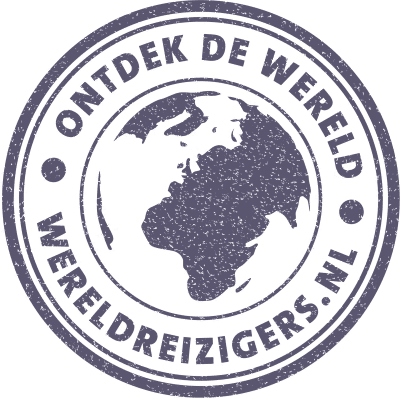around the country Namibia to get to know it is best to have a big one roadtrip be made, or a roadtrip which you divide into several pieces. This is the next part of our roadtrip in which we will explore north-west Namibia! From the coastal town of Swakopmund we drive further north where Cape Cross point is located. From here we go back inland to Twyfelfontein with a stopover in Brandberg and the famous White Lady and we cross the famous red line to Palmwag in Damaraland.
Are you thinking of following our footsteps and renting a 4x4 with roof tent or a camper with friends, partner or family? Then ask free of charge and without obligation submit a quote to Travelhome from ANWB. Travelhome offers both 4x4s with roof tents and full-fledged family campers.
- Best way to discover Namibia
- Independent or Customized
- Expert advice from specialists
- Full quote with no hidden costs
Overview Itinerary | Roadtrip Namibia (Part 5)
Below you can see the rough itinerary we drove during this part of our roadtrip through Namibia. You can do this in a day (in a very hurry) but our advice is to allow at least one or two extra days for each attraction mentioned below. This way you travel at a nice pace and can admire all the sights (for example by going out for a nice meal, enjoying the wildlife you see or going for a walk).
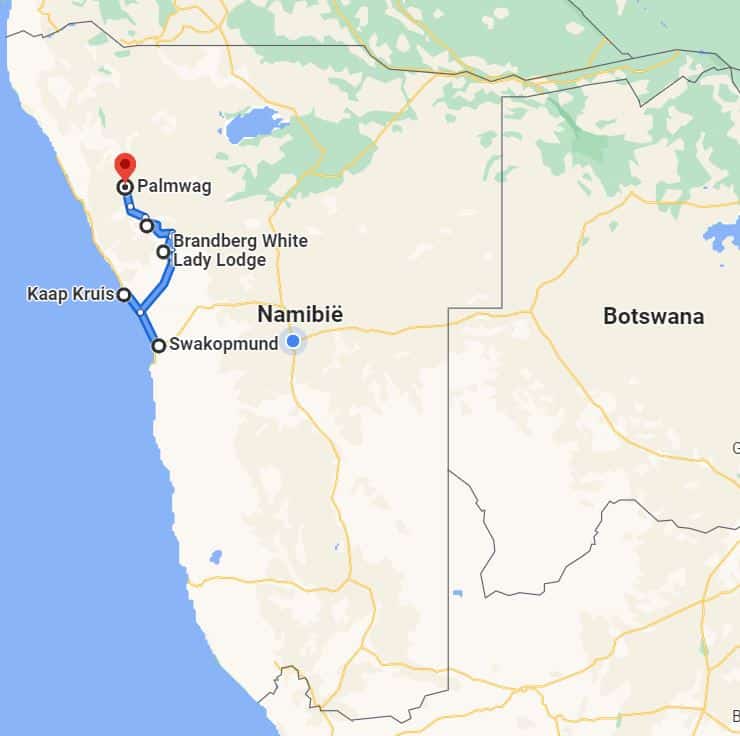
Cape cross seal reserve
This historical and especially biological special part of Namibia is located 130 kilometers north of Swakopmund. Cape Cross is a popular tourist attraction that almost everyone who comes to Namibia must have been to. What many tourists do not know, however, is that this place has become known because the Portuguese Diego Cao came ashore here in 1486.
Today this place is mainly known for the large colonies fur seals† In fact, it is the largest colony in the world with 210.000 fur seals during the breeding season (November-December). This not only brings a lot of crowds, but also a stench of fish and excrement. A wooden footbridge has been made that you can walk over in quiet times. In the times when there are a lot of fur seals, it is occupied by the fur seals, just like the toilet and picnic area.
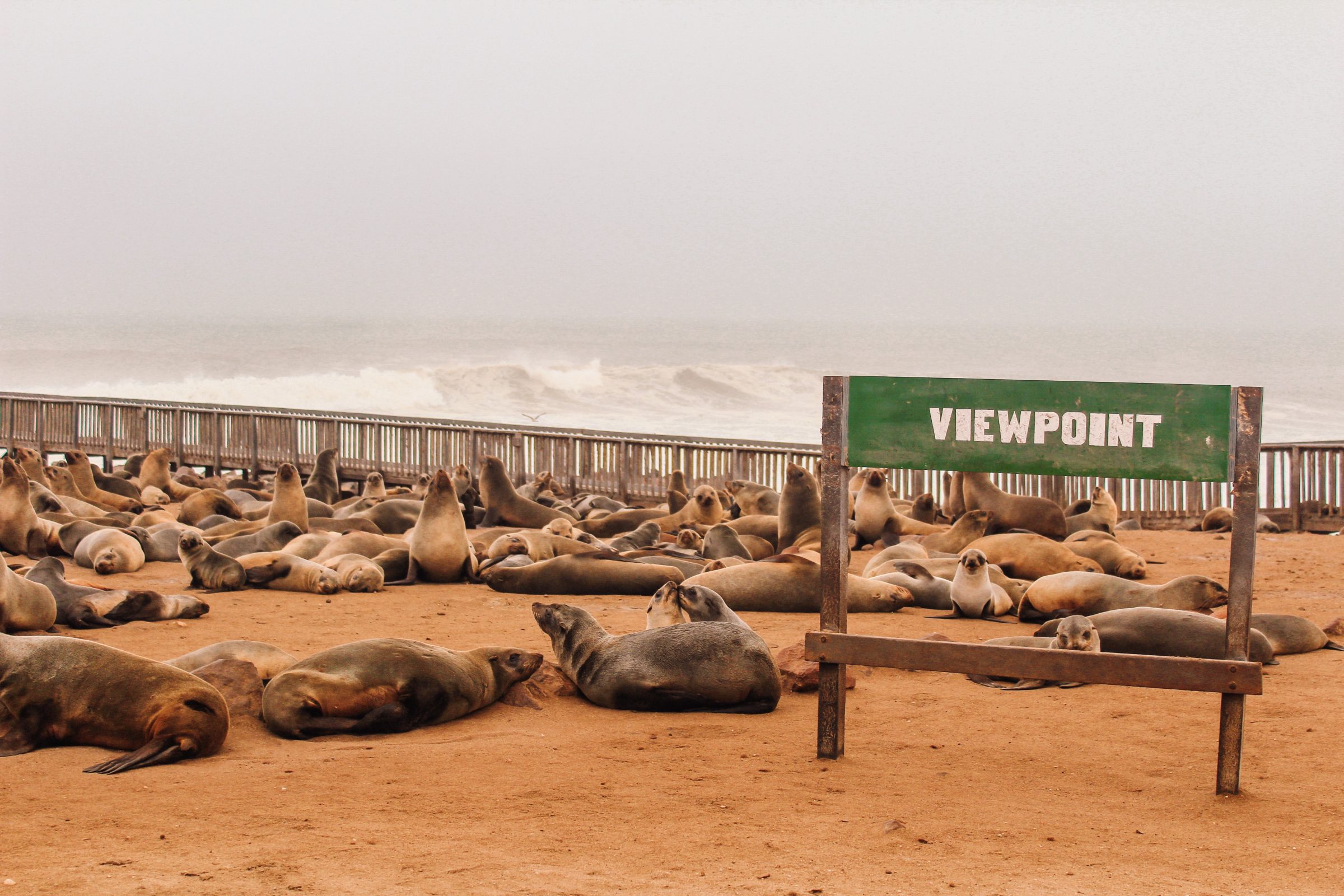
This spectacle is beautiful to see where there is a fight for every inch to lie down and a lot of shouting. You see mothers with babies and males fighting each other over other fur seals. You can admire all this on the coast of Namibia, where the Skeleton Coast National Park is just starting. You can drive up the coast even further, with some parts only accessible in the summer due to the state of the ocean.
Brandberg and White Lady
From Cape Cross you continue to the Brandberg. Brandberg is the highest mountain in all of Namibia at 2573 meters high. You can also hike up this mountain, but it is recommended to only do this in the winter months, otherwise it is much too hot from September to April.
Brandberg is known for the rock carvings that are located here. These are between 2000-4000 years old. They are almost certain that the rock carvings were made by the bushmen (San tribe). They are difficult to reach, making the rock carvings easier to visit in Twyfelfontein.
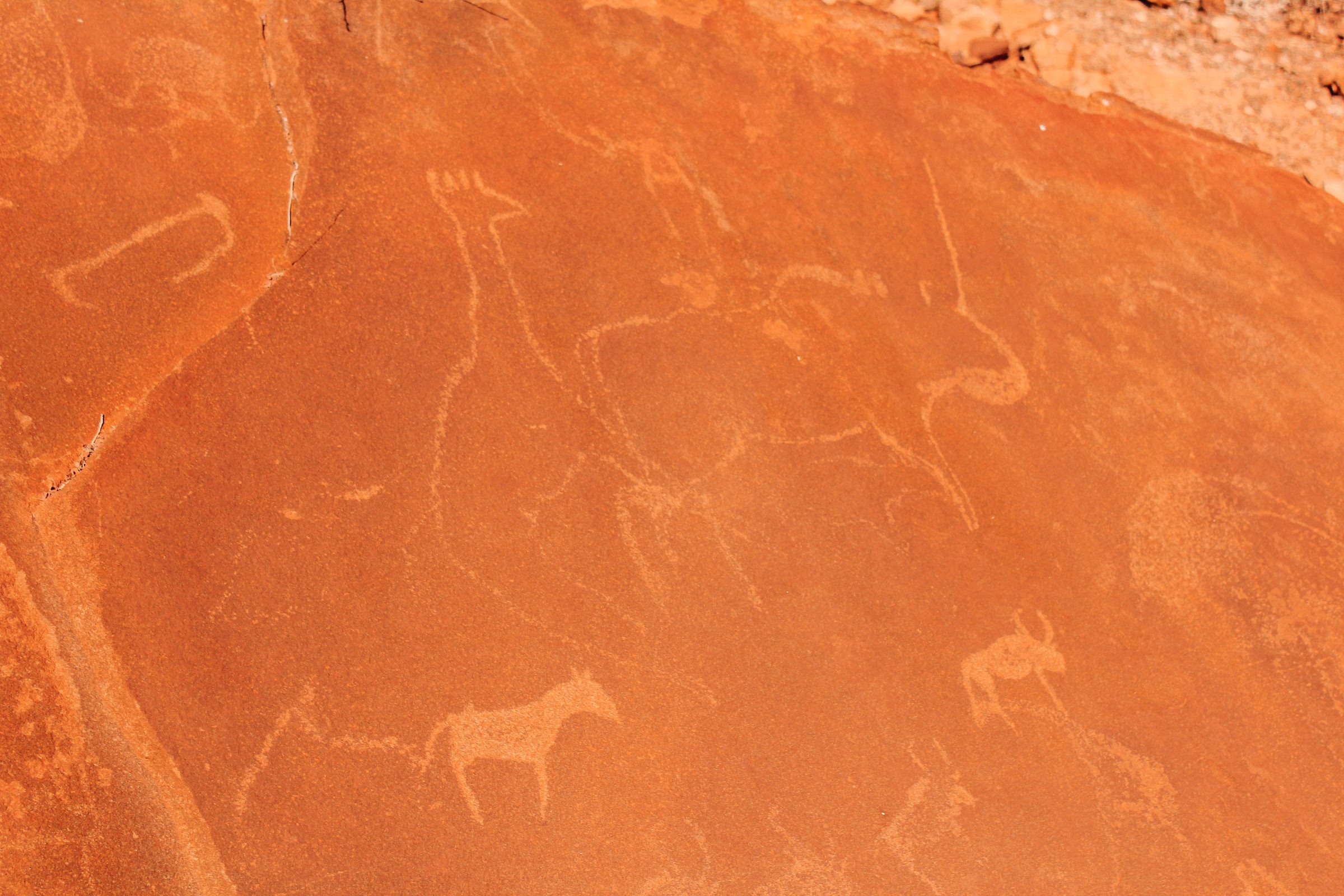
The most famous rock carvings is the White Lady. This is easily accessible for visitors and a guide will accompany you to show you the way. Here you will also see other rock carvings where they are less visible than in Twyfelfontein.
Twyfelfontein
From the coast we drive back inland to continue north. Here we pass the town of Twyfelfontein, which owes its fame to the tourists. Damaraland also starts here, which is often used to clarify this region. To get to Twyfelfontein you have to deviate a bit from the main road, but this only makes the views even more beautiful. Here are also several good lodges and campsites that have a view where you should always keep an eye out for the desert elephants walking by.
Petroglyphs
Twyfelfontein is especially known for the many rock carvings made by the San tribe. The engravings consist of animals and circles where the animals are easy to recognize. Furthermore, the circles are the places where water could be found. They made it into a kind of map. These rock carvings are still easily accessible and easy to spot. The entrance fee also includes a local guide who takes you here and tells you everything about the drawings and of course also about the bushmen.
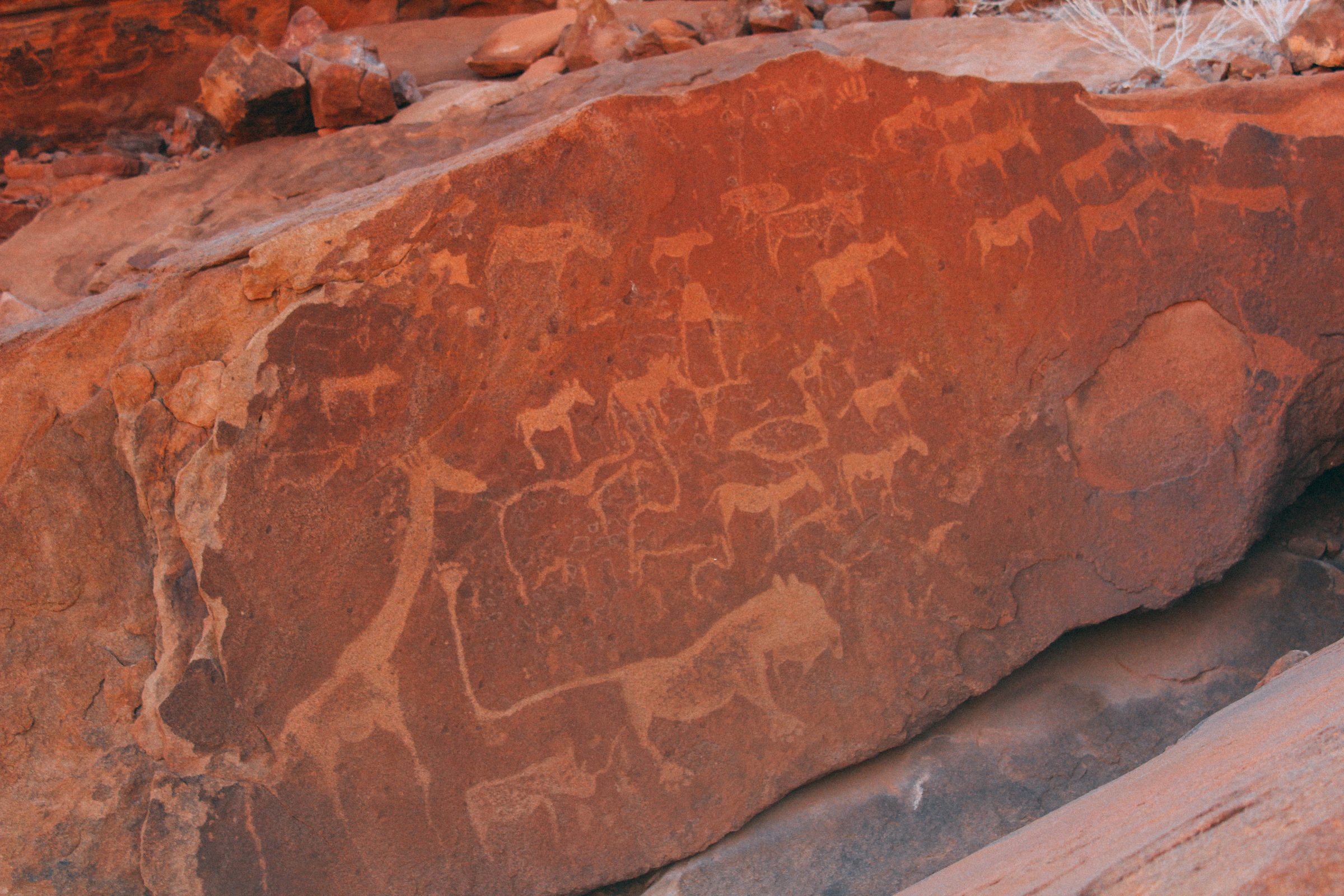
The drawings were used to make clear where which animals live where and also to teach children what the animals look like and how to recognize them. Also where the lions lived and you had to be careful there. The footprints can also be recognized, which makes it possible to determine which animal lived there. All of this was made thousands of years ago and is still well preserved.
Organ Pipes
Near Twyfelfontein are the Organ Pipes which is a strange geological phenomenon. It is very similar to the organ pipes found in churches. They were formed about 150 million years ago. Be sure to take a look if you're in the area anyway.
Burn Mountain
Next to the Organ Pipes is the Burnt Mountain or on its African “Verbrandeberg”. In the morning and evening sun, the mountain changes color so that it looks as if it is on fire. It is an ancient volcano that was active about 120 million years ago.
desert elephants
A large group of wild desert elephants lives around Twyfelfontein. Depending on where water can be found and the time of year, they can be seen regularly as they walk through the village and have a drink at one of the water pools near the lodges. These elephants live their free life and go hand in hand with the local population, rarely leading to conflict.
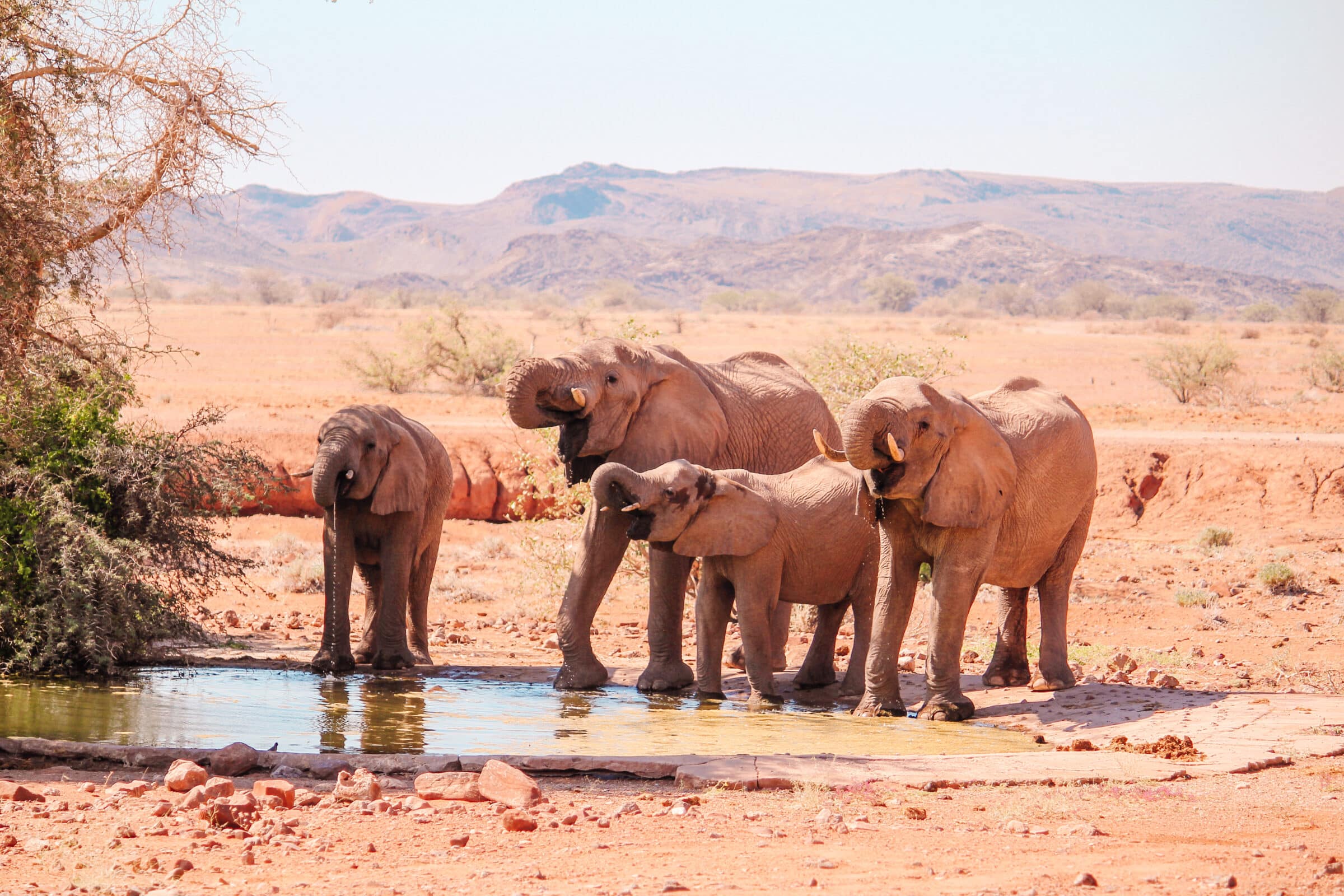
Damaraland
This part of Namibia is one of the most unspoilt. Among the many mountains covered with red stones, this is what is home to the very rare and endangered black rhinoceros. Many people are not aware that a lot of animals live here. Furthermore, this area is full of untouched nature with beautiful mountains.
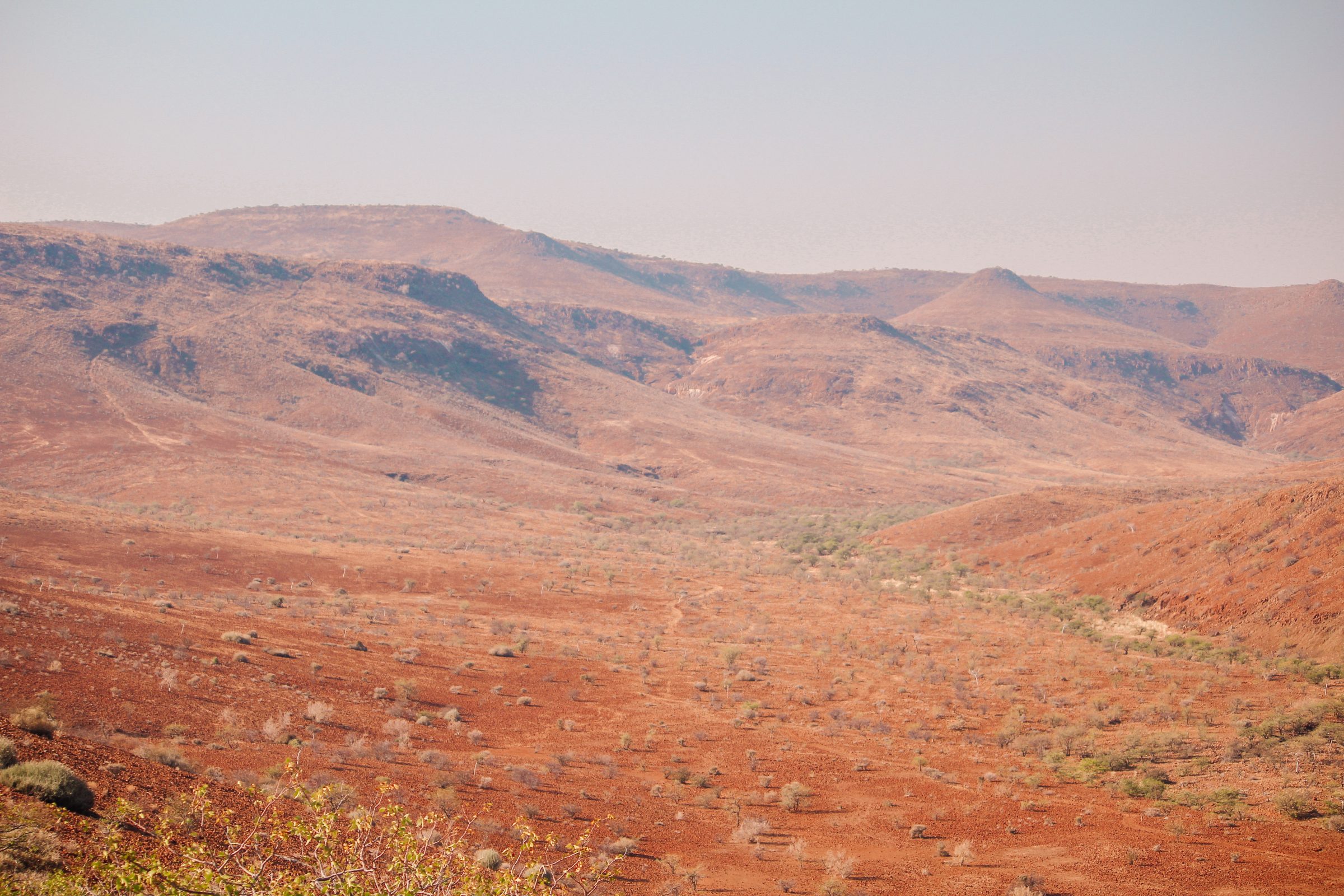
palm wag
A large area of Damaraland is free nature, part of which belongs to the Palmwag Concession belongs. Many animals live here and they are fairly easy to find because of the open plains. For this you have to cross the well-known red line that runs through northern Namibia. There are still checks here on the taking of meat and plastic bags. These are not allowed to cross this line due to various diseases. However, this is not really enforced.
At one of the many lodges you can book a rhino tracking game drive where you look for the black rhinoceros.
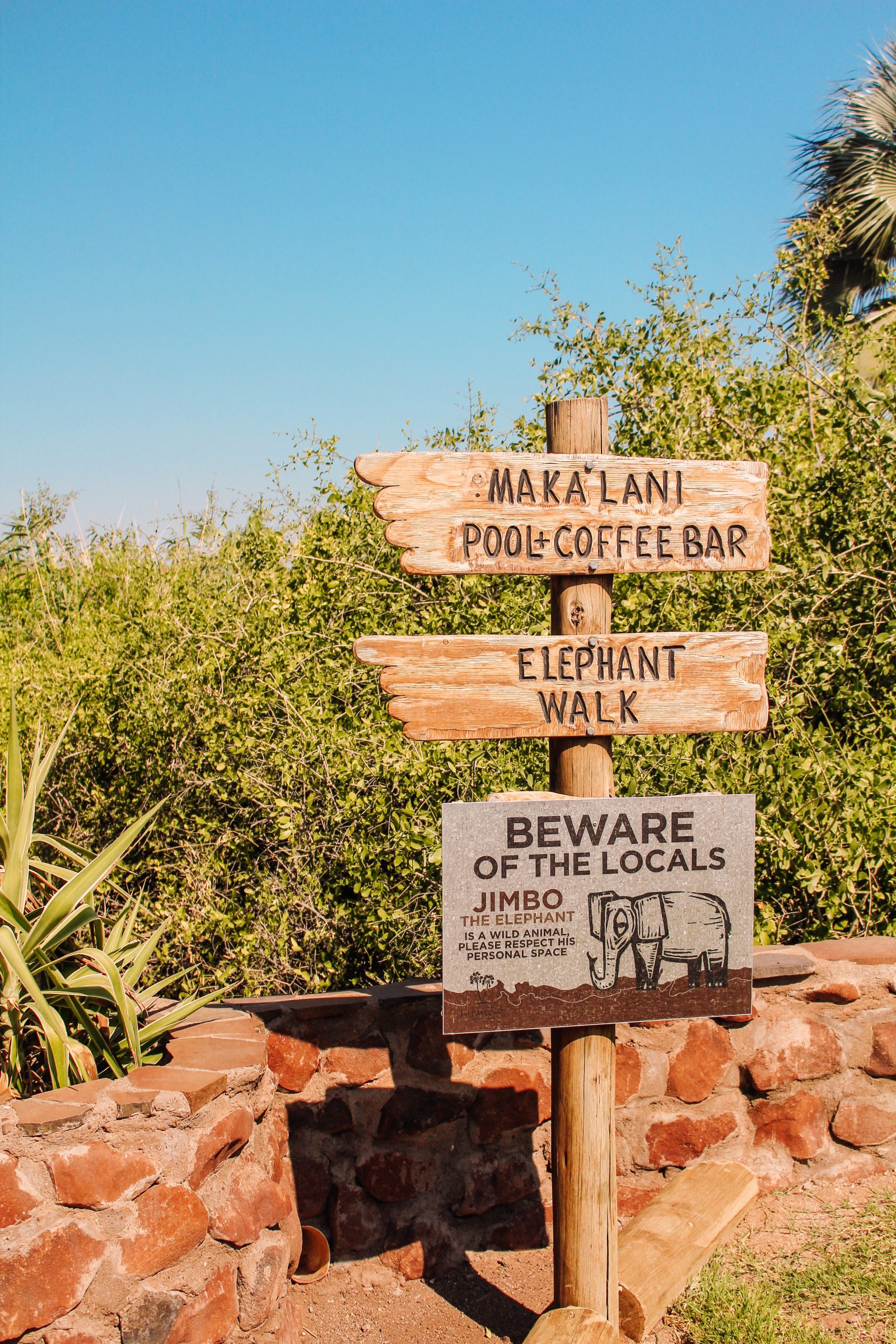
Wildlife
As mentioned before, the area is rich in wildlife. Especially the endangered black rhinoceros is well protected here. So that those few who still live there can continue to live there without falling into the hands of poachers. To protect them as best as possible, they are monitored every day to see if they still have their horns. This is done by rangers who live in the area for 21 days per shift and walk an average of 20 kilometers every day to follow the rhinoceroses.
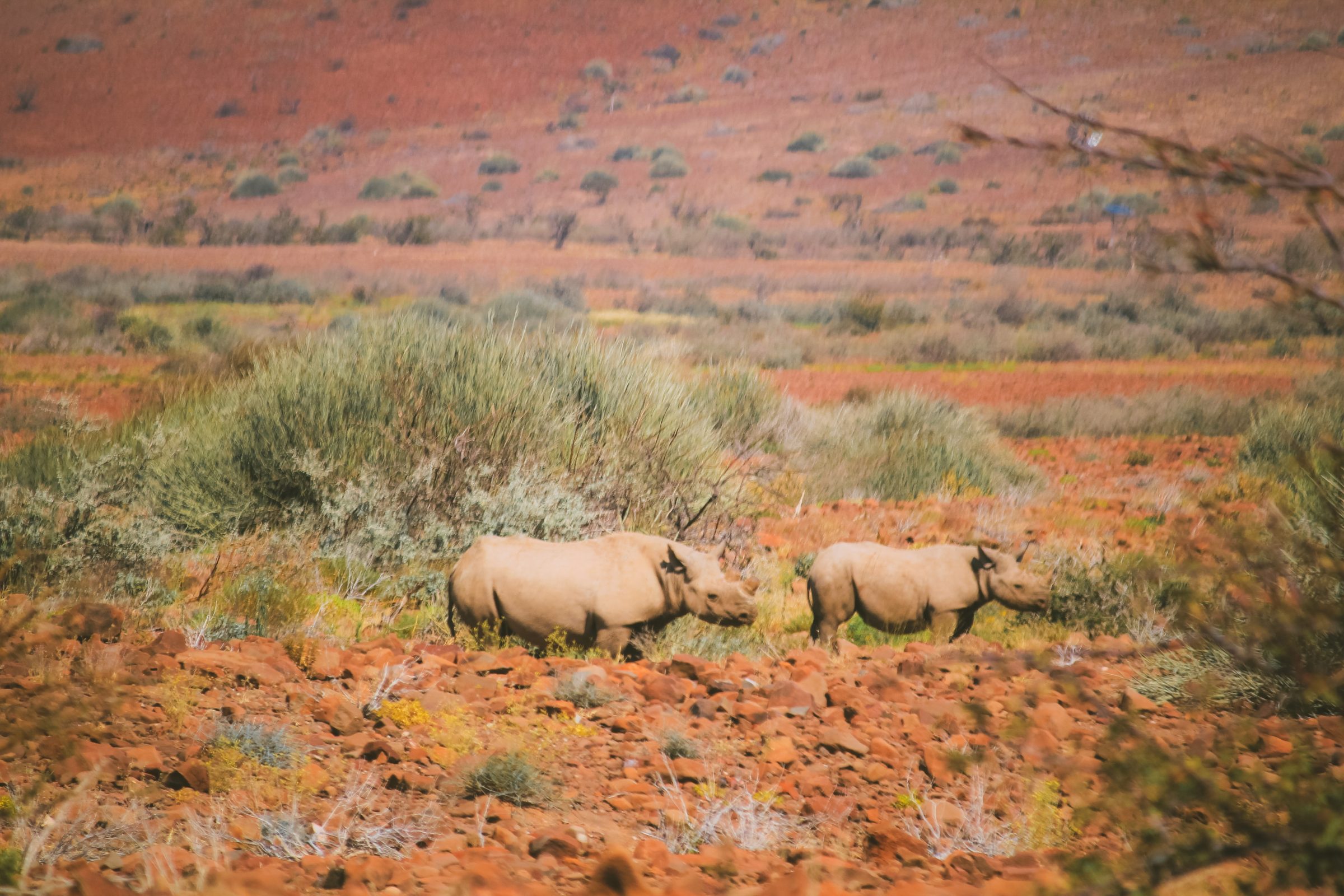
In order not to make these rhinos attractive to poachers, they have usually already removed the horns as a preventive measure. As a result, this mother with daughter, for example, can continue to live in peace. Because this concept has been around for a few years, they are already noticing its consequences. The population of black rhinoceros is growing every year, which means that the extinct animal species is slowly becoming more common. Still, it is extremely special to find them wild and to visit their habitat.
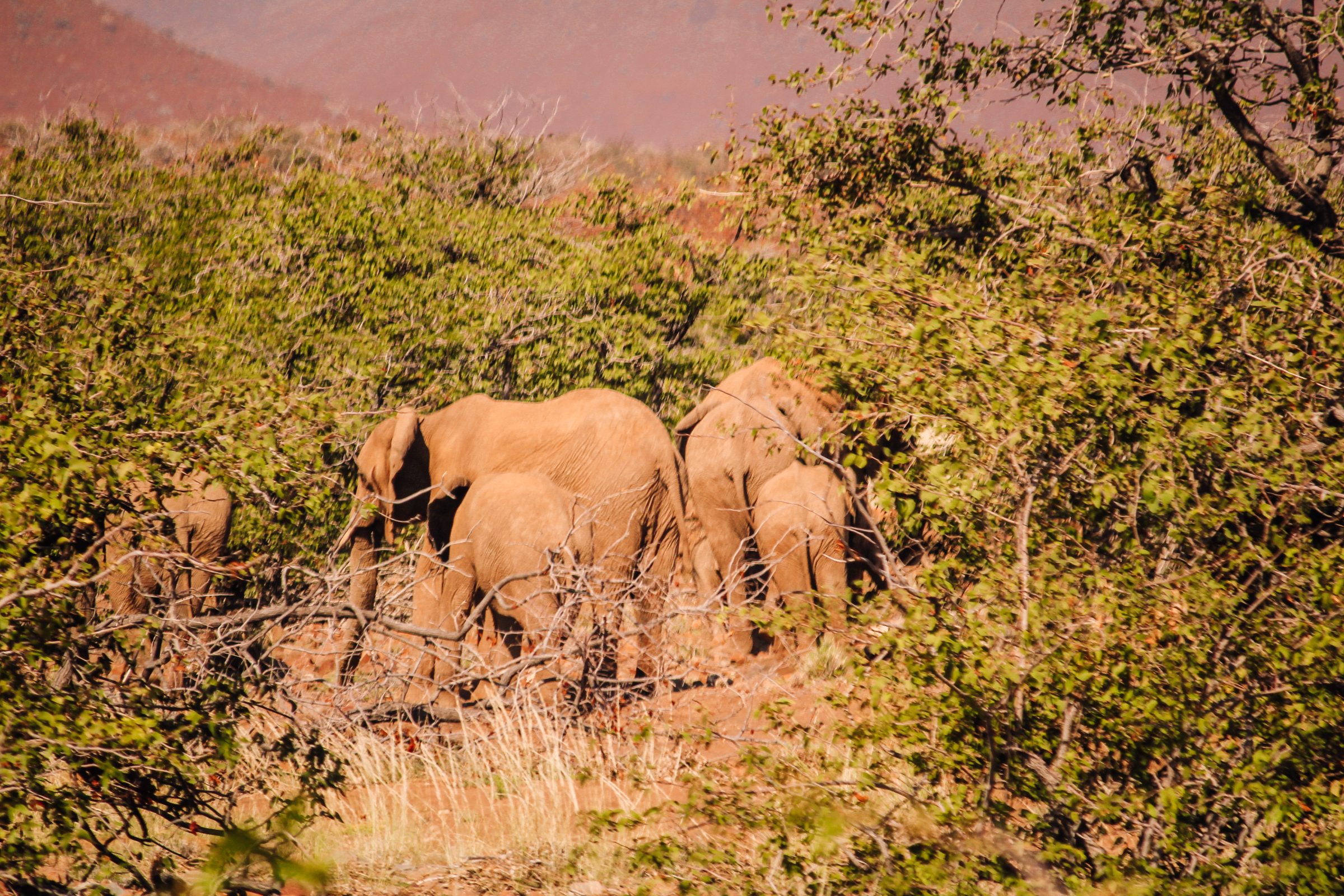
Furthermore, the rhinoceroses live together with large groups of elephants that roam free. You also see them regularly crossing the road, causing a traffic jam. Giraffes, zebras, hyenas and lions also live in this area. In other words, for a real Africa experience, you would do well to visit Namibia, and in particular the region of Cape Cross, Twyfelfontein and Palmwag.
Are you thinking of following our footsteps and renting a 4x4 with roof tent or a camper with friends, partner or family? Then ask free of charge and without obligation submit a quote to Travelhome from ANWB. Travelhome offers both 4x4s with roof tents and full-fledged family campers.
- Best way to discover Namibia
- Independent or Customized
- Expert advice from specialists
- Full quote with no hidden costs













